There’s one thing we keep hearing from our clients: it’s getting harder to find profitable growth in a world that’s changing faster than ever. With disruptive technologies, emerging media platforms and changing customer behaviours, it’s a real challenge to shape and lead, rather than responding on the back foot.
Making sense of the complexity
To help understand this complexity, we worked with our partners Contagious to create a simple framework which we call ‘Fit for the future, now’.
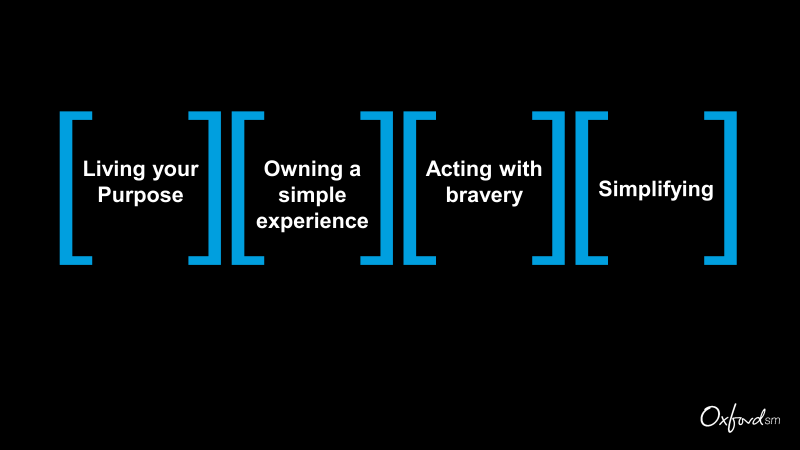
In New York recently, we brought together a select group of marketing and commercial leaders from a range of different industries and companies including Unilever, MetLife, Mastercard, J&J, ABInbev, Mars & Estee Lauder among others.
We looked at the four things that are critical to succeed, sharing real life examples and practical experiences for each one. This is the first in a series of articles in which we'll explore each of the four elements of the framework in more depth.
Living your Purpose
Lorna Davis spoke about purpose in her role as Danone Chief Manifesto Catalyst and DanoneWave CEO. She talked about the importance of finding your purpose or what Lorna describes as ‘having a point of view’, and the work Danone has done with OxfordSM to bring people along on their journey at both corporate and brand level.
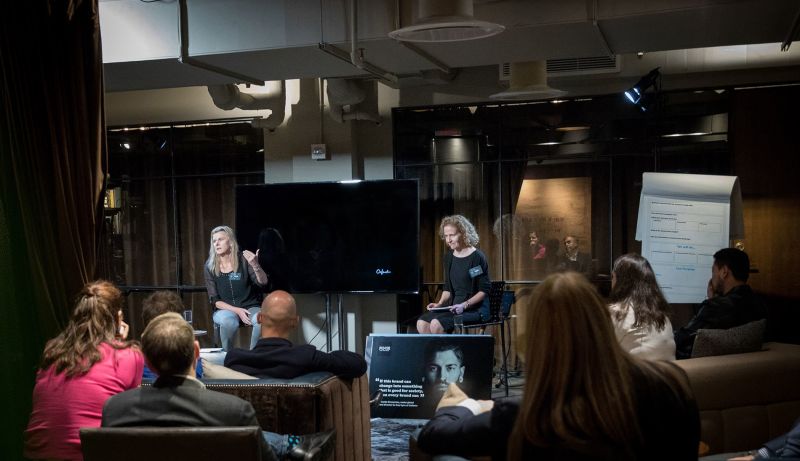
Lorna also looked at why it’s important that a company’s purpose stays true to its heritage, and when to seek external help to find and share that purpose. She highlighted the benefit of using a simple OxfordSM framework to help teams align their actions to their purpose.
Owning a simple experience
With brands like Google and Amazon, people have come to expect immediacy, personalisation, and convenience. Delivering against these growing expectations is still a big gap for many companies. It takes patience and guts to equip and train an organisation to see the world through the customer’s eyes and change how they work and engage their customers accordingly.
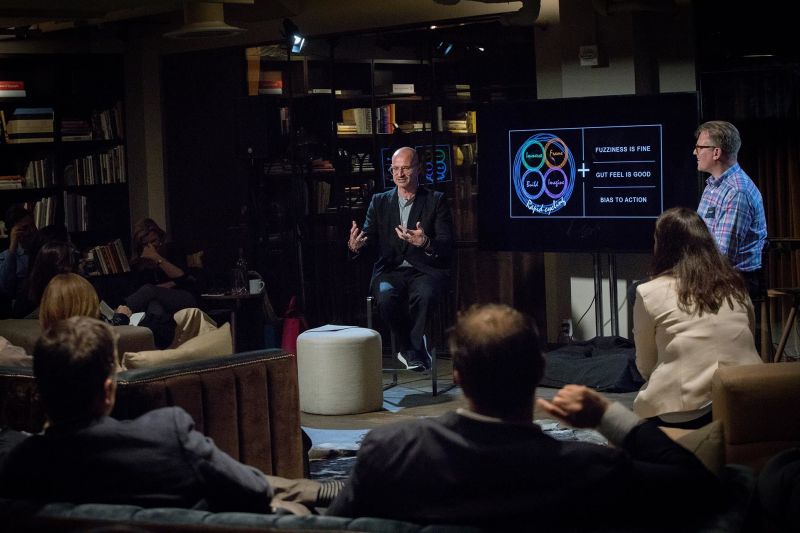
Discussing this were Sven Stocker, Communication Director at high-tech polymer supplier Covestro, and Edward Verity from OxfordSM. They explained how OxfordSM’s four step Design Thinking approach transformed Covestro’s impact and customer engagement at their most important global trade show in China. Reframing individual interactions as part of a journey gave them what they needed to create an engaging and inspiring space, delivering a stand out experience in a sea of 4000 other exhibitors.
Acting with Bravery
Chris Barth, a senior strategist at Contagious, shared examples of creative bravery in developing communications. Chris looked at examples including AXE and Pedigree – brands driven by a strong sense of purpose which are able to break through the clutter to get people to take really take notice.
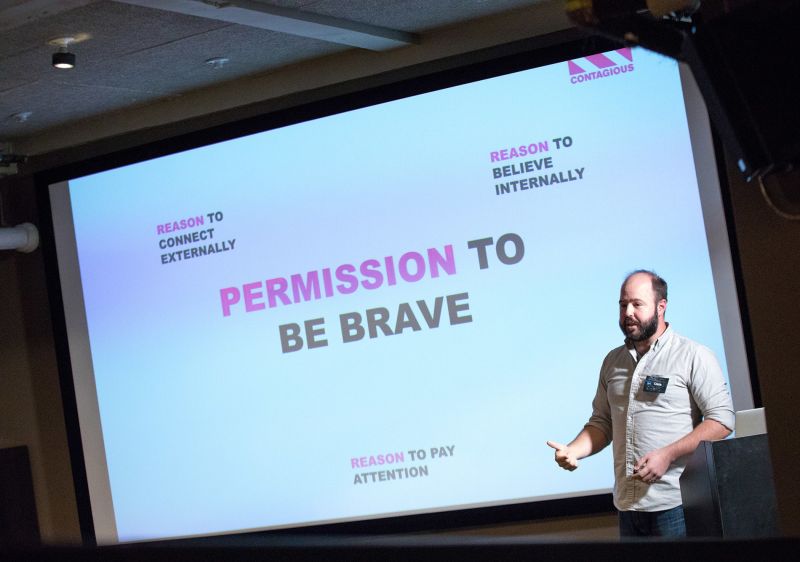
Creative Bravery is what Contagious helps organisations with, helping Heineken to Marketer of the Year at Cannes in 2015.
Simplifying
Delivering simple, joined-up experiences is anything but simple. In large organisations, it demands fluid and fast cross-functional working. You’re fighting an inherent tendency towards complexity, and that can be fuelled further by a lack of strategic alignment, internal silos and rigid, slow processes.
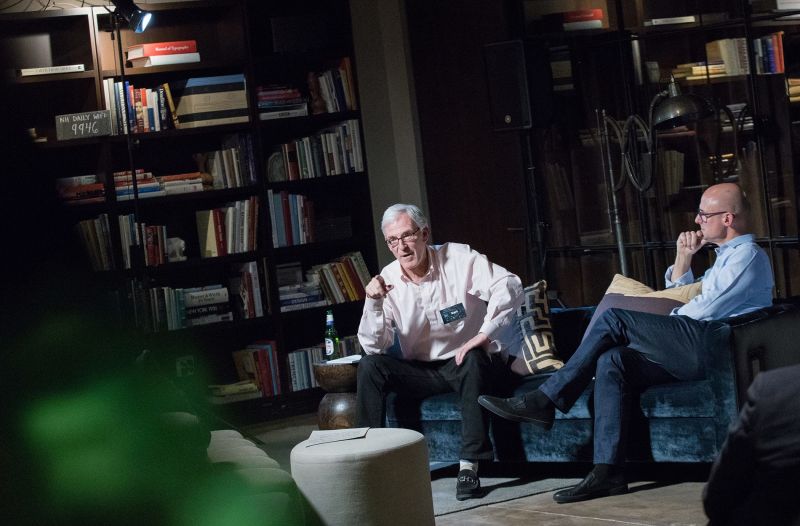
We heard from Mark Luce, who spoke about his experience as Head of Group Marketing Operations at SABMiller, and how they worked with OxfordSM on radical commercial simplification and breaking down silos to drive growth.
Fit For the Future Now
Getting each one of the 4 elements right is critical and challenging but we know that its only when all four come together that you get the growth impact you’re looking for.

Video Summary
No Comments Yet
Let us know what you think